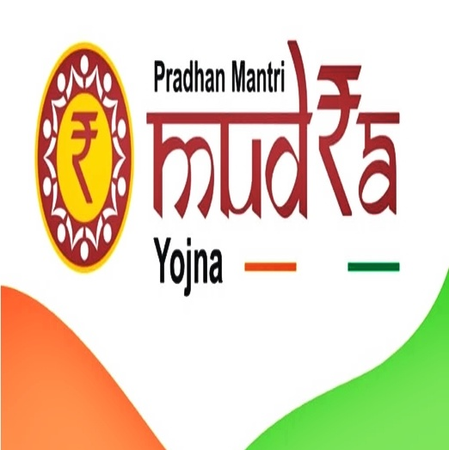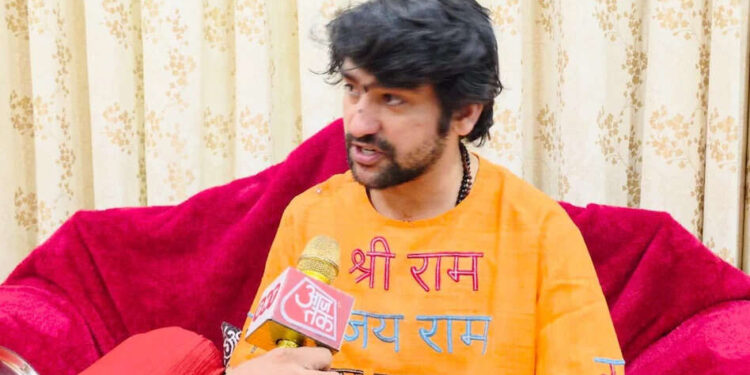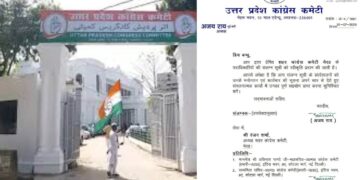New Delhi, 8 April (IANS). The country is celebrating the completion of ten years of the Pradhan Mantri Mudra Yojana (PMMY). This is the main scheme of Prime Minister Narendra Modi, which aims to fund funded micro enterprises and small businesses.
PMMY was established by the Center for development and refinance activities related to micro units under Micro Units Development and Refinance Agency Limited (Mudra).
Since the launch in April 2015, PMMY has approved more than 52 crore loans worth Rs 32.61 lakh crore, which has promoted the entrepreneurship revolution across the country. Trade growth is no longer limited to big cities. It is spreading to small cities and villages, where the entrepreneurs are handling their fate for the first time. The change in mindset is clear that people are no longer those who want jobs, they are becoming jobbers.
The scheme ensures that the member lenders (MLIs) ie Scheduled Commercial Banks (SCBs), Regional Rural Banks (RRBs), non-banking financial companies (NBFCs) and micro finance institutions (MFIs) are given institutional loans of up to Rs 20 lakh without mortgaging.
According to the government press release, the Mudra Yojana has simplified a new era of entrepreneurship at the grassroots level by simplifying the access. From sewing units and tea shops to salons, mechanic shops and mobile repair businesses, millions of micro entrepreneurs have taken forward with confidence.
PMMY has supported enterprises by offering institutional loans to non-corporate, non-agricultural micro and small enterprises, which are the backbone of India’s economy.
68 percent of all currency beneficiaries are women, which outlines the important role of this scheme in advancing women -led enterprises across the country.
Between FY16 and FY 2025, the PMMY disbursing amount per women’s disbursement increased to Rs 62,679 from 13 percent to Rs 62,679, while the amount of aged deposit per female increased from CAGR of 14 percent to Rs 95,269.
In the states where women have been given more loans, there has been a lot of creation of employment through small businesses (MSMEs) run by women. This shows that financial assistance by targeting women is very effective in increasing their economic status and working rate.
The scheme has made significant progress in breaking traditional debt obstacles. According to SBI report, 50 percent of the currency accounts are with SC, ST and OBC entrepreneurs, ensuring widespread access to formal finance.
In addition, 11 percent of the currency loan holders are from minority communities, which reflects the contribution of the scheme in inclusive development by enabling marginalized communities to become active partners in the formal economy.
-IANS
AKS/AS






